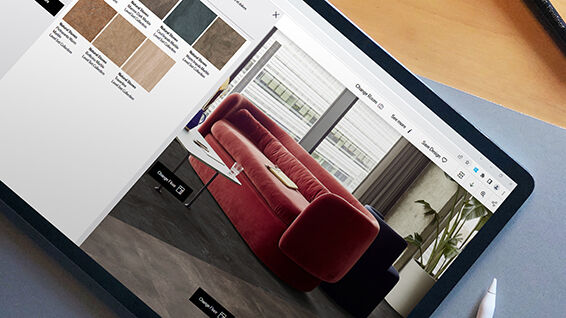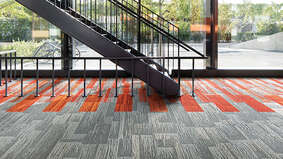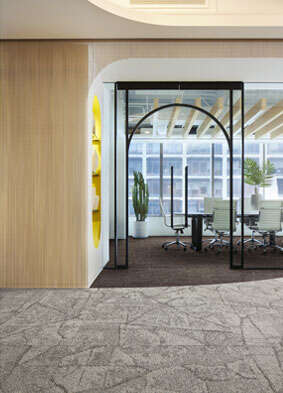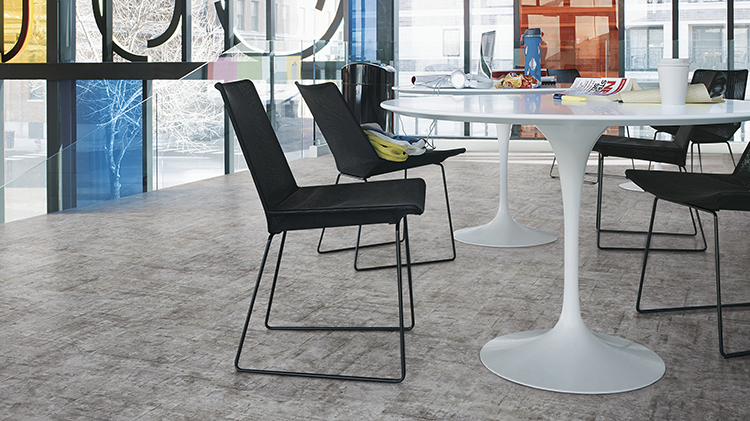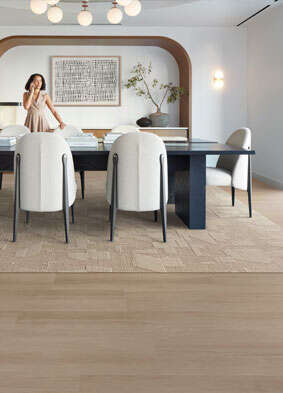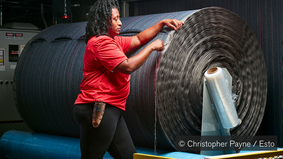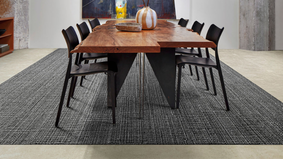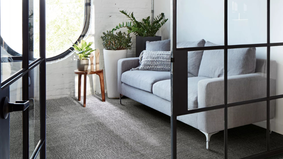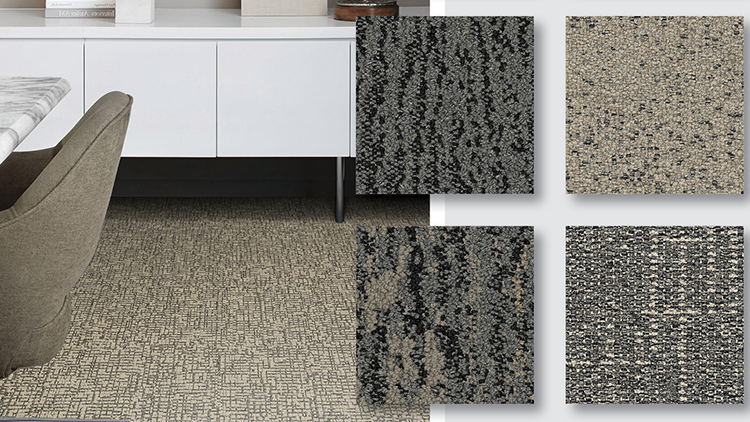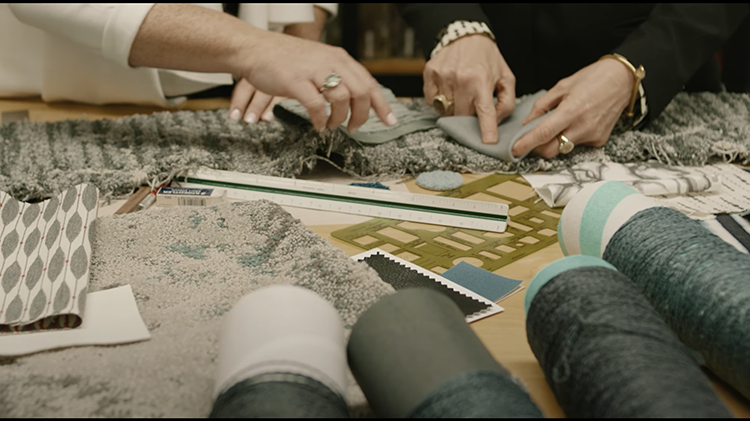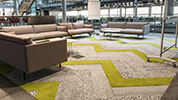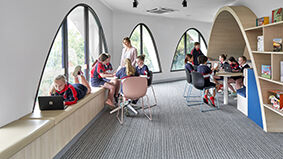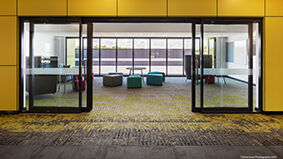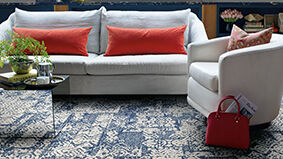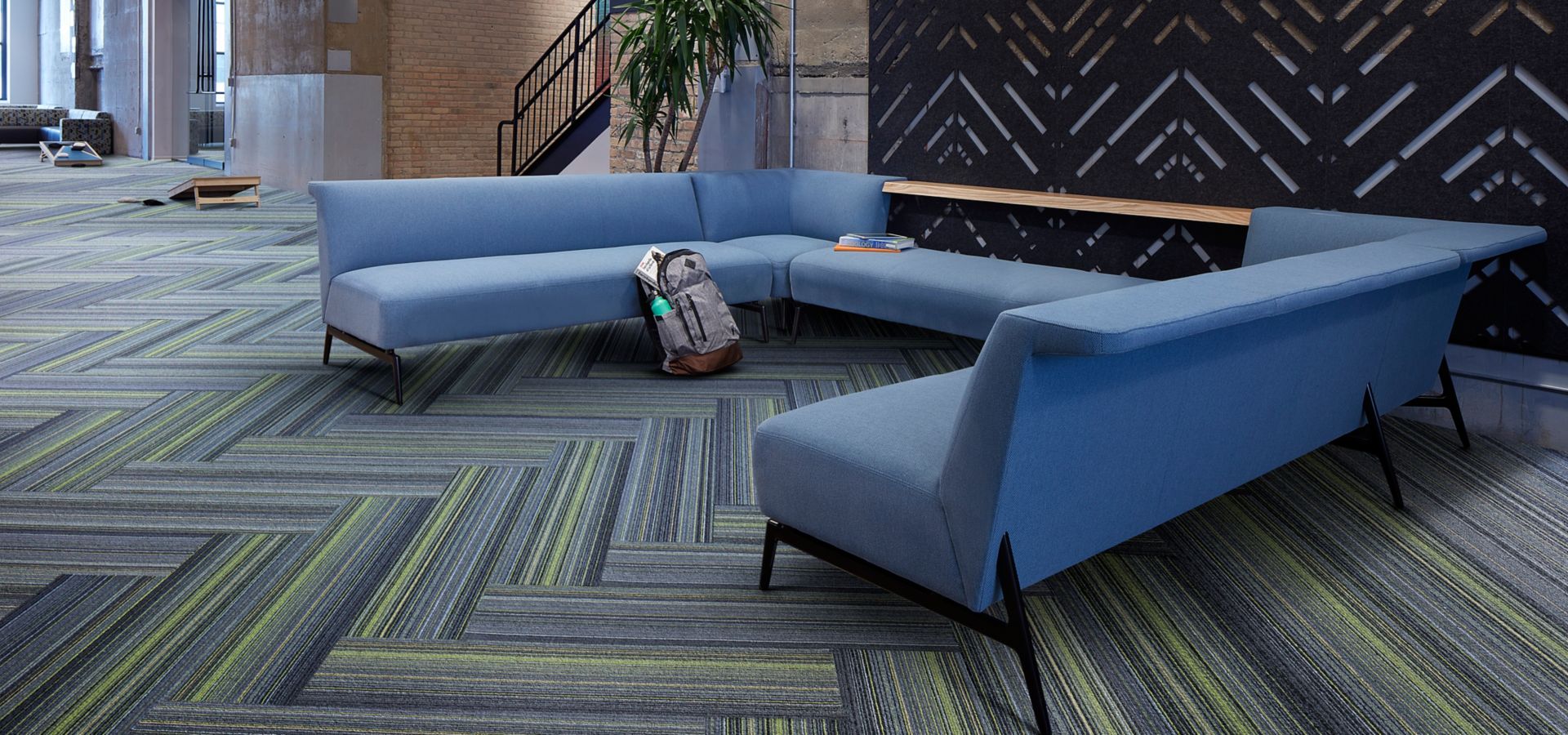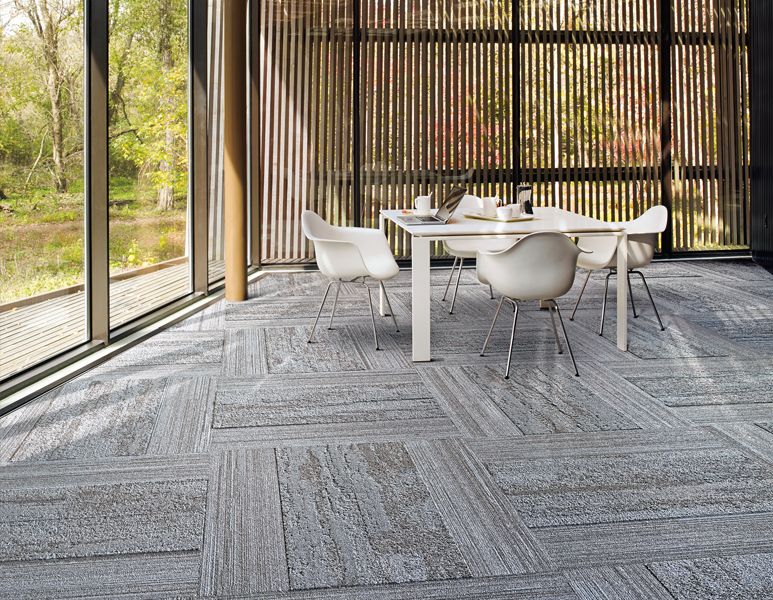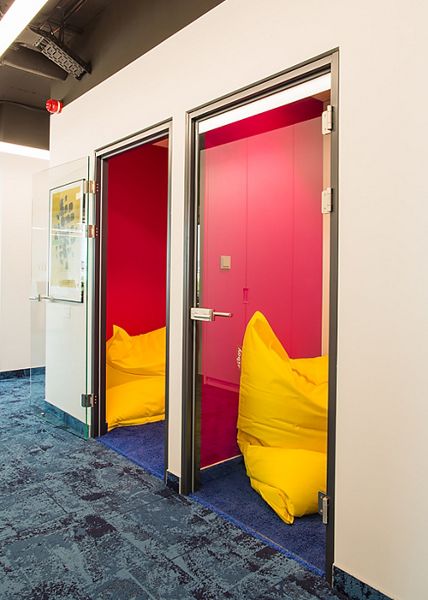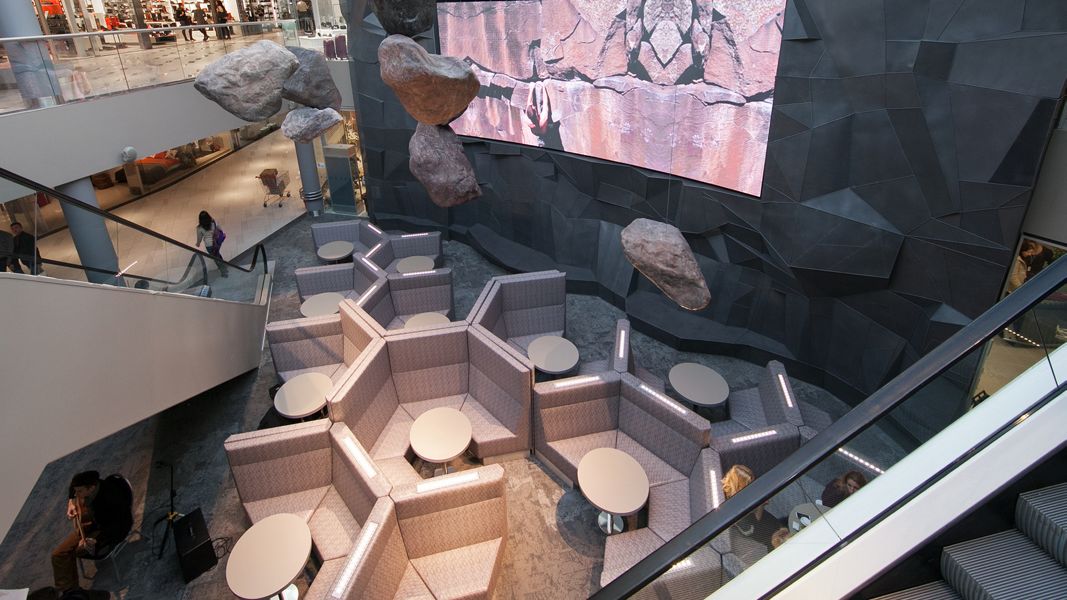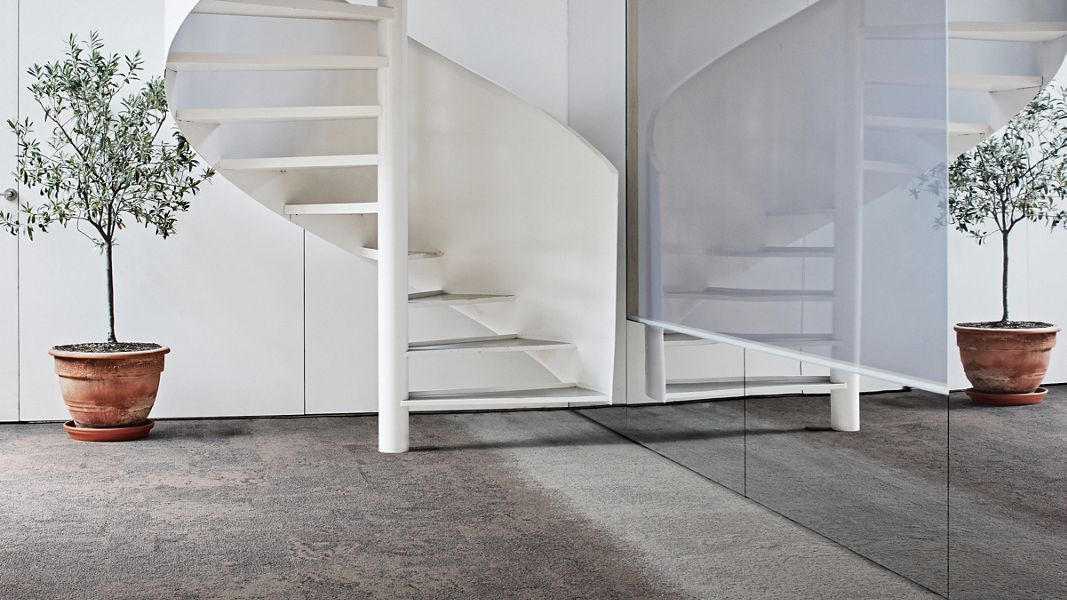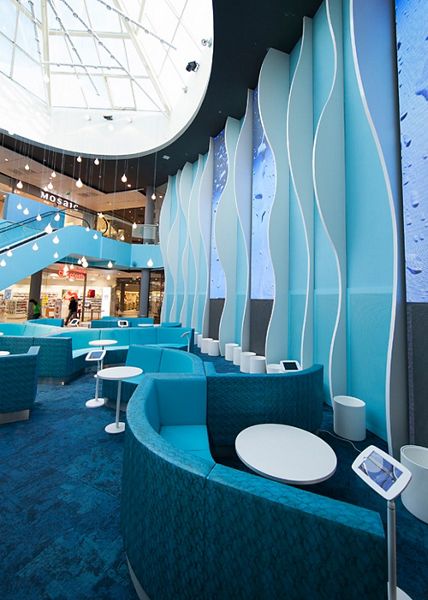An Introduction to Biophilic Design
Biophilia is a ‘love of life or living systems’. It’s our inherent human connection to the natural world. In an urban world of technology and industrial architecture, this fundamental connection can sometimes feel all but lost. Biophilic design is an innovative way to harness this affinity in order to create natural environments for us to live, work and learn. By consciously including nature in interior or architectural design, we are unconsciously reconnecting; bringing the great outdoors in to our constructed world.
As pioneers in sustainability, Interface advocate biophilic design and know it is critical to human health to include natural systems and processes in our buildings and constructed landscapes. Over 50 studies worldwide, including our Human Spaces Report with psychologist Professor Sir Cary Cooper, have proven the positive effects nature or environments that mimic nature have on overall health and well-being.
What are the benefits of Biophilic Design?
Ill health and lack of well-being can result in poor performance and productivity, lost work time and increased costs. In the UK, work-related stress accounts for 35% of ill health and 43% of absenteeism, costing organisations an estimated £29 billion a year. In the United States, absenteeism costs employers an average of US$ 2,074 per employee, per year.
There is a direct correlation between clever work-space design and improved employee well-being and performance. Even simple changes to incorporate nature in the workplace can have a huge impact on how employees feel when they come to work, and how happy, creative and productive they feel when they are working.
Our aim is to elevate a biophilic approach to the design of work environments higher on to the global corporate agenda.
Get Inspired by Biophilic Design
Biophilic design is incorporating nature in to our built environment and designing inspirational and restorative places that connect humans to their surroundings.
Not every space can be designed to incorporate all the principles of biophilic design, but there are often many contributory elements that will collectively enhance the interior and the wellbeing of those within it. It’s more than just the addition of a pot plant or two! Natural light, vegetation, living walls, natural textures and materials and nature views will provide a positive impact. Look to nature for your inspiration.
Interface explore the power of biophilic inspired designs through our collections; which directly mimic natural surfaces and textures. Looking for inspiration? Visit our Pinterest board to discover more examples of biophilic design.
Human Spaces
Human Spaces is a digital platform that explores the emerging movements of health, well-being and biophilic design. Our conclusive report shows that biophilic work environments increase productivity rates and therefore long-term company profits. Visit our site and hear more from our experts, such as Oliver Heath and Professor Cary Cooper, for more in-depth knowledge.
Read the full Human Spaces Report to learn more on our findings.
